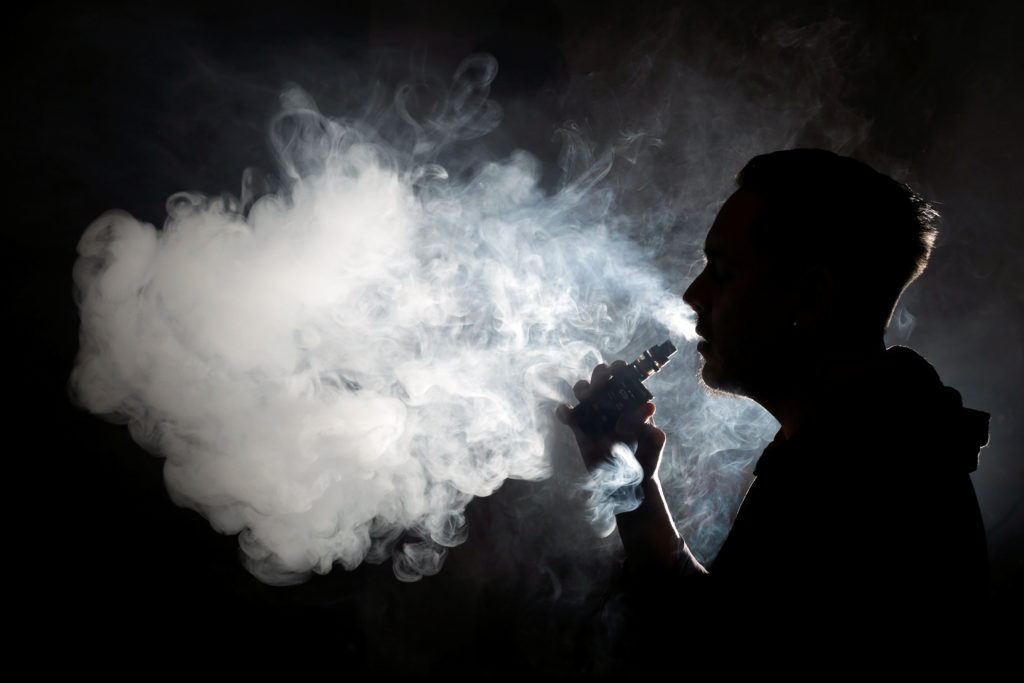Is Second Hand Vape a Thing: Understanding Passive Vape Exposure
As vaping continues to gain popularity, questions arise about the potential risks associated with secondhand vape exposure. While many people are familiar with the concept of secondhand smoke from traditional cigarettes, the idea of secondhand vape, or passive vape exposure, is still relatively new. We’ll delve into the topic to understand whether secondhand vaping is a concern, its health risks, and how to avoid exposure.
Introduction
As the use of e-cigarettes and vaping devices becomes more widespread, concerns about secondhand vape exposure have surfaced. Secondhand vaping refers to the inhalation of aerosol from vaping devices by non-users in the vicinity. This raises questions about the potential health risks associated with passive vape exposure, especially in enclosed spaces.
What Is Secondhand Vape?
Secondhand vape occurs when a person is exposed to the aerosol exhaled by someone using an e-cigarette or vape device. This aerosol is not just water vapor but contains nicotine, flavorings, and other chemicals. When inhaled by non-users, it can pose health risks similar to those of secondhand smoke from traditional cigarettes.
Health Risks of Secondhand Vape
Exposure to Harmful Chemicals
The aerosol produced by vaping devices contains various chemicals, including nicotine, ultrafine particles, and volatile organic compounds. Prolonged exposure to these substances can adversely affect respiratory and cardiovascular health.
Impact on Respiratory Health
Secondhand vape exposure has been linked to respiratory issues such as coughing, wheezing, and worsening of asthma symptoms. The fine particles in vape aerosol can also penetrate the lungs, potentially causing inflammation and damage over time.
Effects on Children and Pets
Children and pets are particularly vulnerable to the effects of secondhand vape due to their smaller size and developing respiratory systems. Exposure to nicotine and other chemicals in vape aerosols can have lasting impacts on their health and well-being.
Avoiding Secondhand Vape
Vaping Etiquette
Practicing proper vaping etiquette is essential to minimize the impact of secondhand vape on others. This includes being mindful of where you vape and respecting non-smokers and non-vapers in shared spaces.
Designated Vaping Areas
Whenever possible, vape in designated areas where vaping is permitted. These areas are typically well-ventilated and away from non-users, reducing the risk of passive vape exposure.
Ventilation
Improving ventilation in indoor spaces can help disperse vape aerosol and reduce its concentration in the air. Opening windows or using air purifiers can effectively minimize secondhand vape exposure.
Vape Cloud Impact
The visible cloud produced by vaping, often referred to as a “vape cloud,” can linger in the air for some time. This means that even after a person has finished vaping, the aerosol particles may still be present in the environment, posing a risk to those nearby.
Conclusion
While the debate continues on the exact health risks of secondhand vape exposure, it is clear that it is a genuine concern, especially in enclosed spaces. The aerosol produced by vaping devices contains chemicals that can have adverse effects on respiratory health, particularly for vulnerable populations such as children and pets. Practicing vaping etiquette, using designated vaping areas, and improving ventilation can help minimize the risks associated with secondhand vape. As the popularity of vaping grows, it is essential to consider its impact on those around us and take steps to mitigate any potential harm.
Post time: Mar-27-2024


